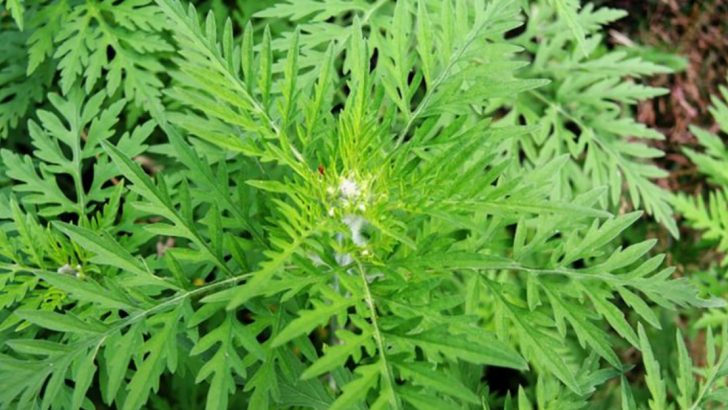Ragweed doesn’t knock. It barges in, wrecks your sinuses, and invites its ugly cousins to the party. One plant can release a billion grains of pollen. A billion. It’s like the garden’s version of glitter—relentless, invisible, and absolutely everywhere. And once it shows up? Good luck. This stuff spreads fast, hides in plain sight, and turns a peaceful yard into allergy central. But here’s the thing—most people don’t spot it until it’s too late. That’s the real trick. Ragweed blends in with the crowd, pretending to be just another wild thing. Not on your watch. You’re about to learn exactly what to look for—and what to do when you find it.
Recognizing Ragweed
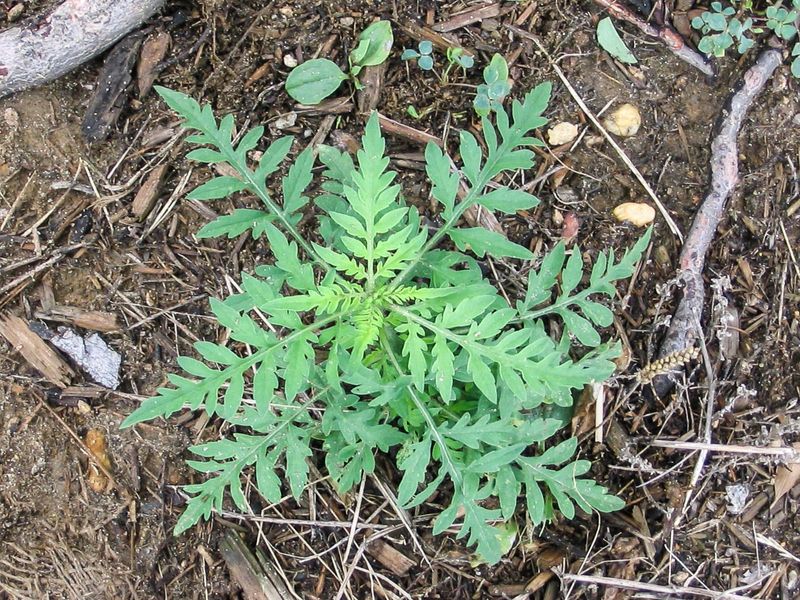
Spotting ragweed in your garden is crucial for preventing allergies. The plant is identifiable by its lobed leaves, similar to parsley, and its greenish flower spikes that appear from late summer to autumn. Ragweed thrives in disturbed soils, often found in gardens and roadsides.
Did you know that one ragweed plant can release up to a billion pollen grains in a single season? This prolific nature makes early identification essential.
Look for ragweed during its peak season and remove it promptly to reduce its spread and influence.
Removing Ragweed Safely
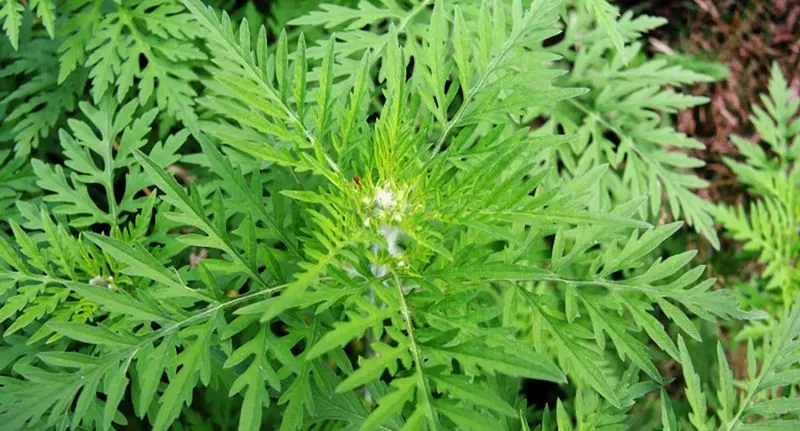
Removing ragweed effectively requires more than just pulling it out. It’s imperative to wear gloves as skin contact can cause irritation.
Make sure to pull the plant out by its roots to prevent regrowth. Disposal in a sealed bag is recommended to avoid spreading seeds.
Consistent removal, especially before the flowering season, can significantly reduce pollen levels. This method not only benefits allergy sufferers but also enhances garden aesthetics by eliminating unwanted growth.
Creating a Ragweed-Free Zone
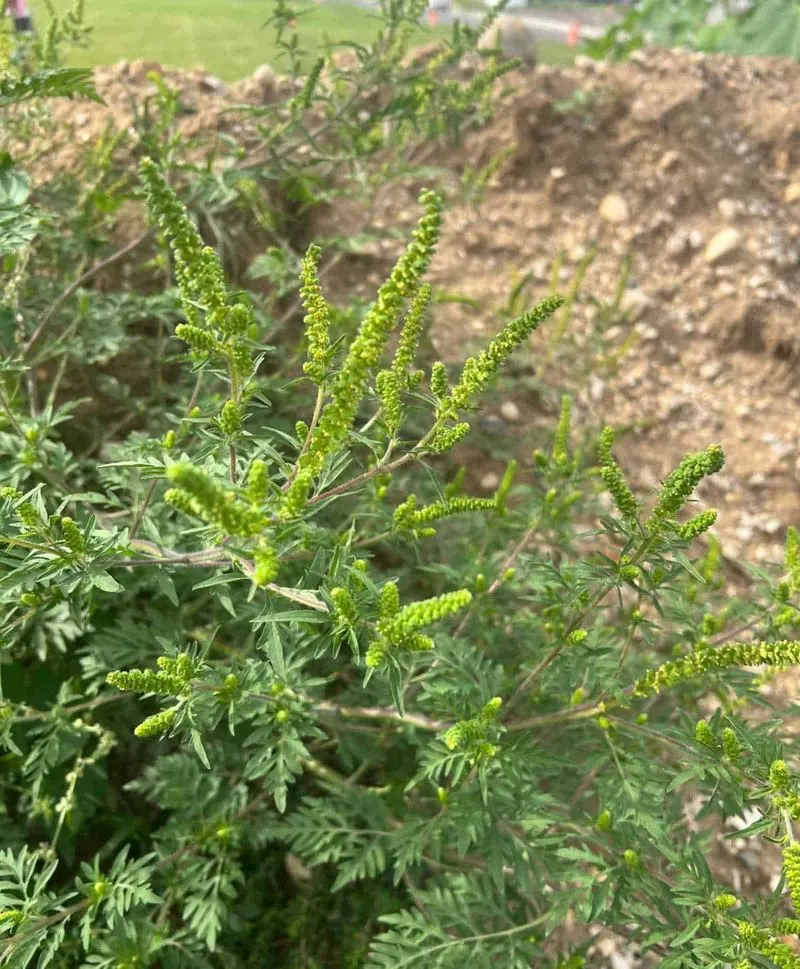
Transforming your backyard into a ragweed-free sanctuary begins with proper landscaping. Regular mowing and trimming reduce ragweed’s chances.
Incorporating mulch and ground covers can suppress ragweed growth by blocking sunlight. Additionally, maintaining healthy, dense plants can outcompete ragweed.
Did you know that ragweed seeds can survive up to five years in the soil? Persistent maintenance is key. By committing to these practices, you create a space where ragweed struggles to establish.
Understanding Ragweed’s Impact on Health
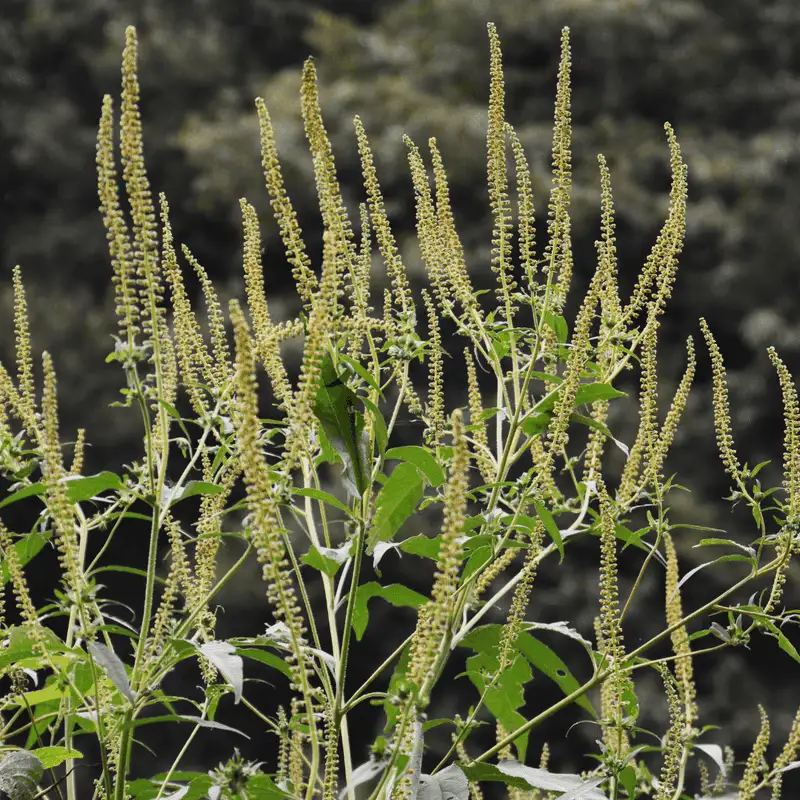
Ragweed pollen is notorious for triggering allergic reactions. Common symptoms include sneezing, itchy eyes, and a runny nose. These symptoms can significantly impact daily life, especially during peak pollen season.
Interestingly, ragweed accounts for nearly half of all pollen-induced allergies in North America. Awareness of this can guide preventive measures.
Using air purifiers indoors and showering after outdoor activities can help mitigate symptoms. Understanding its health impact empowers better management and relief for allergy sufferers.
Using Natural Barriers Against Ragweed
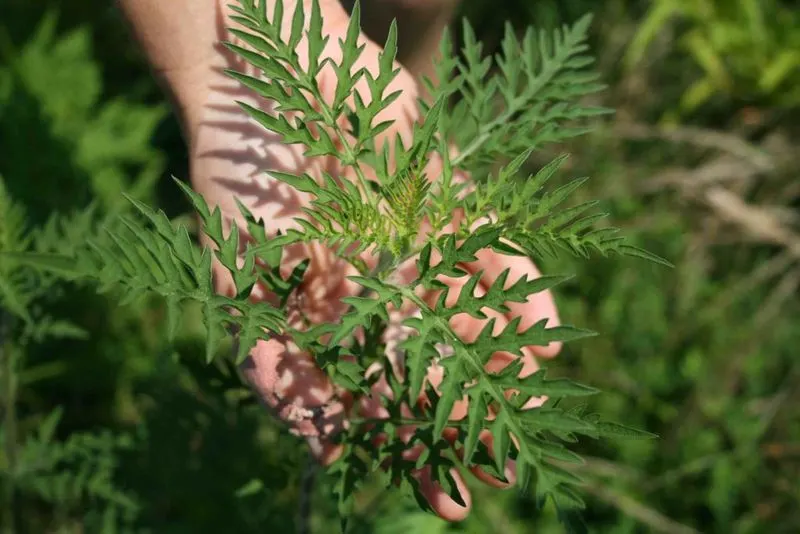
Natural barriers are an effective defense against ragweed invasion. Planting hedges and installing fences can limit the spread of ragweed seeds into your garden.
Dense plantings of native species also serve as a barrier, providing competition that ragweed struggles to overcome.
Did you know that some plants, like sunflowers, can deter ragweed naturally? Creating these barriers not only keeps ragweed at bay but also enriches your garden’s biodiversity.

